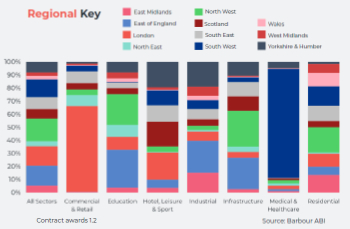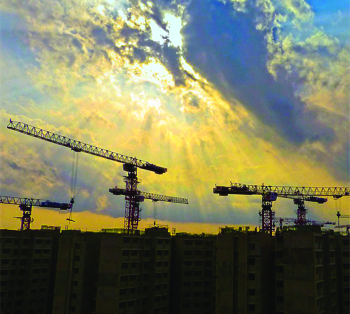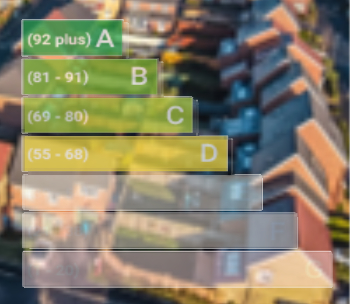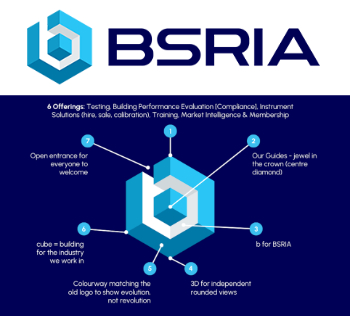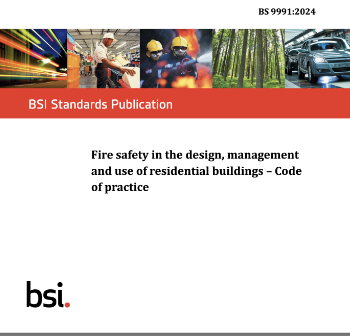Drones as a Service DaaS
Contents |
[edit] Introduction
The general term 'drone' refers to robotic vehicles. However, it has come to be associated more specifically with unmanned aerial vehicles (UAV). These devices range in size from full-scale aeroplanes or helicopters, to small hand-held vehicles similar to the model aircraft used for recreational purposes.
[edit] Drones in construction
Drones have been developed for a number of civil applications. In the construction industry, they can give relatively easy access to large or difficult sites or to large, complex or tall structures.
Inspection attachments can include cameras, laser scanners, lidar scanners, thermal cameras or a combination of such sensors.
Their set up costs are generally low compared with other types of equipment. However, there are dangers associated with flying aircraft, as well as public concerns about privacy. In addition, drones have limited payload capacity and may be difficult to operate in poor weather conditions, or where there is poor visibility.
[edit] Financial considerations
In some instances, strict requirements for operating drones make it necessary for companies to use service providers. In these situations, organisations may wish to hire the equipment and supporting expertise on an ‘as needed’ basis. This arrangement, sometimes referred to Drones as a Service (or DaaS), allows clients to forgo investing in the purchase of drone equipment and paying to train their own personnel to the necessary level. Instead, DaaS is designed to be available on demand, so clients only pay for the technology when it is used.
DaaS includes equipment, services and software selected by the customer. It can be paid for as needed or on a monthly subscription basis (or other type of pre-arranged schedule). Some DaaS providers also offer rent-to-own options, which could be a possibility for smaller firms (or new companies) that require additional time to evaluate an investment in the technology or have cash flow considerations.
[edit] Related articles on Designing Buildings
Featured articles and news
The restoration of the novelist’s birthplace in Eastwood.
PAC report on the Remediation of Dangerous Cladding
Recommendations on workforce, transparency, support, insurance, funding, fraud and mismanagement.
New towns, expanded settlements and housing delivery
Modular inquiry asks if new towns and expanded settlements are an effective means of delivering housing.
Building Engineering Business Survey Q1 2025
Survey shows growth remains flat as skill shortages and volatile pricing persist.
Construction contract awards remain buoyant
Infrastructure up but residential struggles.
Home builders call for suspension of Building Safety Levy
HBF with over 100 home builders write to the Chancellor.
CIOB Apprentice of the Year 2024/2025
CIOB names James Monk a quantity surveyor from Cambridge as the winner.
Warm Homes Plan and existing energy bill support policies
Breaking down what existing policies are and what they do.
Treasury responds to sector submission on Warm Homes
Trade associations call on Government to make good on manifesto pledge for the upgrading of 5 million homes.
A tour through Robotic Installation Systems for Elevators, Innovation Labs, MetaCore and PORT tech.
A dynamic brand built for impact stitched into BSRIA’s building fabric.
BS 9991:2024 and the recently published CLC advisory note
Fire safety in the design, management and use of residential buildings. Code of practice.












